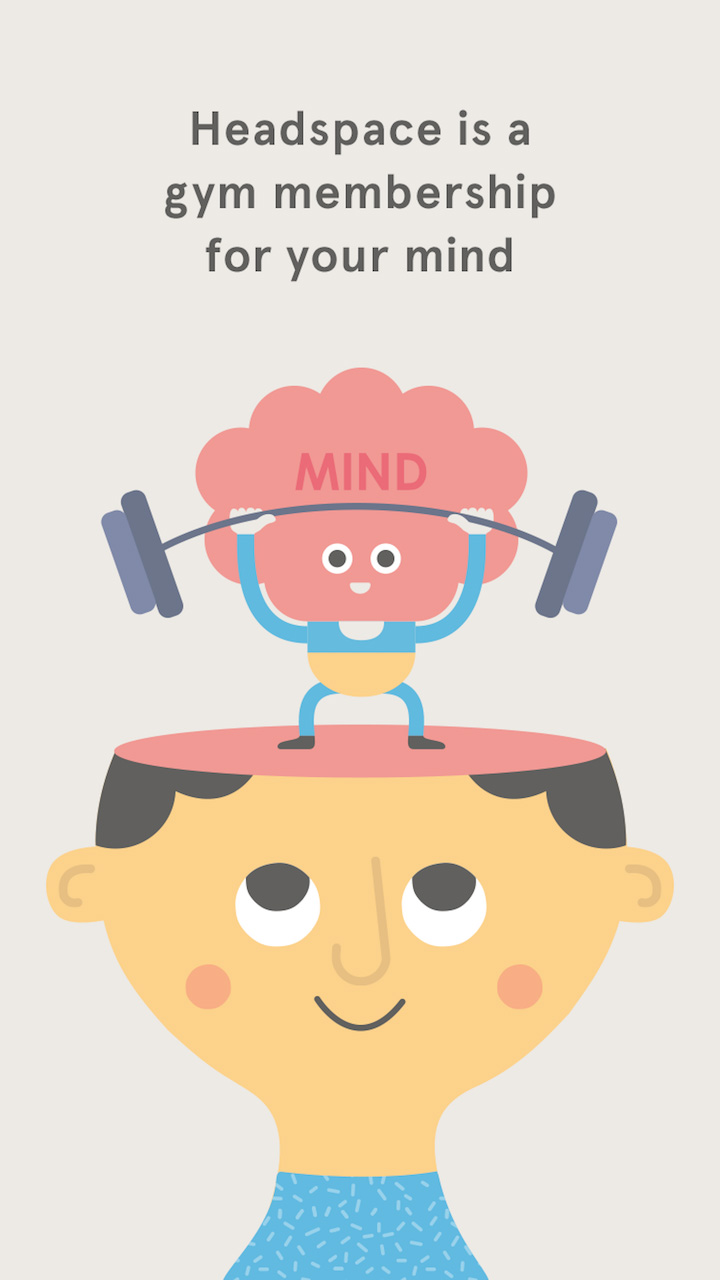Resolutions for 2017 vary from person to person. Some seek strengthened relationships; others are looking to catapult their careers. Whatever your ambitions for the New Year may be, one surefire tool anyone can benefit from is a daily practice of meditation. While meditation has been around for thousands of years, only recently have its numerous benefits been celebrated and studied by the masses. Not only will meditation lower blood pressure and reduce inflammation, among other physiological benefits, the practice brings about a clarity and peacefulness of mind that equips us with the ability to remain tenacious in the pursuit of our goals. Of course, like any other habit, it’ll take time and effort to initiate meditation into your regular routine. But don’t be discouraged, mining for mindfulness is easier than you think. Here are five tips to help ensure you achieve more meditation in 2017.
1. Define what you need in this moment.
When I first started looking into meditation, I had no idea just how many types of practice there actually were. Contrary to stereotypical portrayal, meditation isn’t confined to sitting in a quiet room repeating “om” for hours on end. In fact, the act of meditating is quite fluid and versatile when it comes to fitting our current needs. You are much more likely to seek out meditation, and stick with it, if you craft it to what you need in the present moment. Here are but a few types of meditation for your benefit. Mix and match the practices you tap into throughout the week. Keep it fresh; keep it relevant to the current day.
- Affirmation Meditation
- The practice of embedding a positive thought or belief. During a relaxed state, it’s believed our brains are more accepting and open to new ideas. Usually this practice cultivates affirmations of health, confidence, mood or magnetism.
- Body Scan
- I utilize this practice after my workouts or before bed. This method asks that the meditator focus on parts of the body in search of tense areas. This is usually a long session, typically 45 minutes.
- Guided Imagery
- This method is commonly used to reduce stress and promote relaxation in times of heightened anxiety. The practice involves focus on a peaceful, victorious or joyful image.
- Mindfulness
- I utilize this practice the most, typically in the morning for ten minutes. This method is especially helpful for those who are easily overwhelmed or undergoing difficult emotional, mental or social obstacles. Meditators peacefully observe and recognize constant mental traffic, objectively considering negative thoughts.
- Walking Meditation
- This is a go-to method for emergency situations when you’re out in public. Simply breathing in time with your walking can bring a quick boost in relaxation.
2. Download an app or subscribe to a YouTube Channel
 There are tons of resources for guided meditation (essential for beginners) on both phone app stores and the general Internet. My current favorite app is Headspace, a mindfulness program narrated by meditation expert Andy Puddicombe. First time downloaders can enjoy ten free sessions for as long as they like while a subscribed user gains access to a plethora of ten-minute guided sessions that focus on everything from sports performance to relationship building. The app even has three-minute SOS sessions for when you desperately need a quiet space from the world. Always carry some headphones on you and utilize either your break or lunch time to squeeze in a quick session with Andy or other downloaded program. It couldn’t be easier: your own ordinated Tibetan Buddhist monk at the tap of a screen.
There are tons of resources for guided meditation (essential for beginners) on both phone app stores and the general Internet. My current favorite app is Headspace, a mindfulness program narrated by meditation expert Andy Puddicombe. First time downloaders can enjoy ten free sessions for as long as they like while a subscribed user gains access to a plethora of ten-minute guided sessions that focus on everything from sports performance to relationship building. The app even has three-minute SOS sessions for when you desperately need a quiet space from the world. Always carry some headphones on you and utilize either your break or lunch time to squeeze in a quick session with Andy or other downloaded program. It couldn’t be easier: your own ordinated Tibetan Buddhist monk at the tap of a screen.
3. Sign up for classes and get others involved
Maybe you’re the type of person who utilizes others for motivation, maybe you’re easily bored when you sit still for too long. Get your daily dose of meditation by attending a pro-mindfulness exercise class, as in Tai Chi, QiGong or Yoga. These classes will not only keep things more lively, they’ll expose you to like-minded people who can help keep you accountable for your New Year goals. Tai Chi is a common gym club class, an internal Chinese martial art that aids longevity. QiGong is similar. A combination of fluid movements, breathing and awareness, this practice cultivates and balances powerful qi. And for course we all know about yoga. There’s no shortage of these classes, so there’s no excuse! Utilize every class as time for you. And that savasana pose at the end? Rather than nap, take the time to do a quick body scan or repeat some well-needed affirmations to yourself.
4. “Habit Stack” meditation onto your post-workout cool downs.
I recently came across an interesting self-help term: habit stacking. This is the act of linking a developing habit onto an activity you already do routinely. Without knowing it, I did this during my first few tries with meditation. I already was stretching routinely throughout the week, so I decided to start meditating for five minutes afterwards as well. Eventually it became second nature, an essential part of my daily cool down that involved some brief introspection. Since both exercise and deep meditation have been proven to release endorphins, I suggest habit stacking your meditation practice onto the end of all your workouts. You’re much more likely to be reflective, open to positive affirmations and aware of your body. It’s going to feel ah-mazing, trust me.
5. Do it first thing every morning
I haven’t as of yet, but I really want to read Hal Elrod’s “The Miracle Morning.” In his book, Elrod argues the importance of having an organized morning routine. He, along with a handful of other ultra-successful billionaires (Exhibit A: Mark Zuckerberg) believe that unnecessary feelings of overwhelm and disorganization can be remedied with the implementation of a strict morning plan. We only have so much energy and willpower to make decisions in the morning. Take the heat off yourself and try to have the first hour of your morning vary as little as possible. If you already have a morning routine, that’s amazing. Refer to tip four and habit stack some meditation onto your teeth brushing ritual. If you haven’t creating a foundation for your mornings, I highly recommend it. I also recommend you plan it around your meditation practice. I prioritize my ten minutes every morning. Before I jump on social media, turn on the TV, jump out into the world or interact with another person, I take ten minutes for myself. It sets the mood for the whole day when you meditate in the morning. Plus, you get it done and out of the way!
There is no right way when it comes to building a new habit. Every instance is influenced heavily by your personality, context and the nature of the desired habit. So stay patient and, when you feel like giving up on meditation, remind yourself of how powerful it can be in helping you reach your 2017 goals. When we develop a clear, balanced mind, fresh perspective and strong sense of self, our setbacks don’t stand a chance. Happy Meditating.





